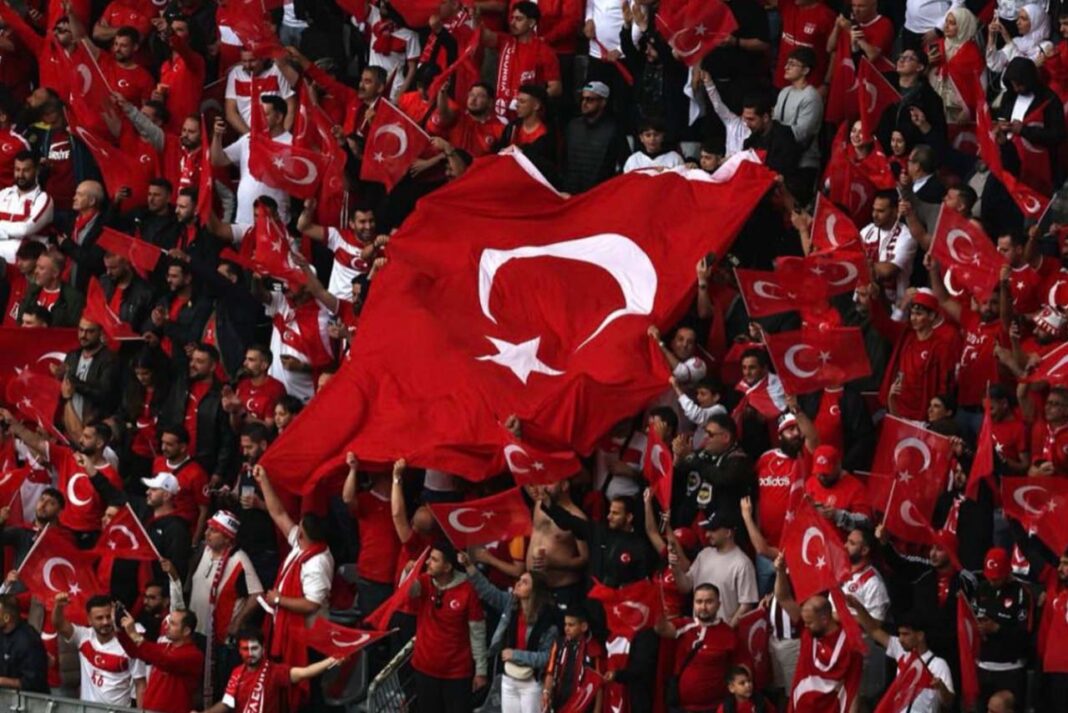The Psychological Basis of National Team Excitement
National team matches offer a powerful experience that goes beyond being just a sporting event, both socially and psychologically. The excitement in the stands, the shared excitement in homes, and the reactions in front of the screen unite individuals around a common feeling. People feel integrated into the community, and their sense of belonging is strengthened. This process allows individuals to experience their social identity and group affiliations.
When individuals perceive the team’s success as their own, collective excitement both strengthens emotional bonds and creates a shared rhythm within the community. Psychology research shows that such experiences increase feelings of belonging and solidarity. Thus, individuals do not merely follow the outcome of the game; they also feel part of the group experience.
Collective Excitement and Emotional Synchronization
The emotions experienced during a match transform from being individual to a shared experience within the community. Fans feeling joy, anxiety, or sadness at the same time creates a strong bond within the group. This phenomenon is called “emotional contagion” in psychology and is one of the cornerstones of collective experience.
Physical responses—increased heart rate, adrenaline release—when synchronized within a community, merge individuals’ feelings and create a shared sense of excitement. This situation has a powerful effect on both individual and community psychology. By experiencing this shared emotion, people feel themselves to be part of the community, and this experience contributes to the formation of long-lasting emotional bonds.
Digital Stands and Social Connections
Today, collective excitement is not limited to stadiums. Social media enables the sharing and amplification of emotions during national team matches. As fans share their experiences online, they both reinforce their own excitement and strengthen their bonds with the community.
The digital stadium increases the sense of community for individuals living in different cities or countries. Online sharing reinforces group identity and supports a sense of belonging. Thus, the modern fan experience becomes a collective process in both physical and digital environments.
Social Bonds and Solidarity
National team events bring together people from different cities, cultures, and social groups around a common goal. This process strengthens social bonds, increases solidarity, and reinforces a sense of belonging. Matches are not just about keeping score; they are a platform for strengthening community awareness and shared emotions.
Collective experiences also help individuals understand their roles and identities within the community. Through this experience, people feel more integrated both socially and emotionally.
Collective Excitement and Psychological Effects
National team matches elevate individuals’ emotions to a collective dimension. Group belonging, social identity, and collective emotions form the cornerstones of this experience. These events increase individuals’ emotional intensity while also strengthening community bonds. National team events are not merely sporting occasions; they are powerful social experiences that strengthen community bonds, create shared excitement, and positively influence individual psychology.
References
Durkheim, É. (1995). The elementary forms of religious life (K. E. Fields, Trans.). Free Press.
Giulianotti, R. (2005). Sport spectators and the social consequences of commodification: Critical perspectives from Scottish football. Journal of Sport & Social Issues, 29(4), 386–410.
Inoue, Y., & Sato, M. (2022). The psychological benefits of watching live sports: A longitudinal study. Journal of Sport Management, 36(2), 123–134.
Newson, M., Buhrmester, M., & Whitehouse, H. Explaining lifelong loyalty: The role of identity fusion and self-shaping group events.
Rees, T., Haslam, S. A., Coffee, P., & Lavallee, D. (2015). A social identity approach to sport psychology: Principles, practice, and prospects. Sports Medicine, 45(8), 1083–1096.
Tajfel, H., & Turner, J. C. (1979). An integrative theory of intergroup conflict. In W. G. Austin & S. Worchel (Eds.), The social psychology of intergroup relations (pp. 33–47).
Wann, D. L., Melnick, M. J., Russell, G. W., & Pease, D. G. (2001). Sport fans: The psychology and social impact of spectators. Routledge.


